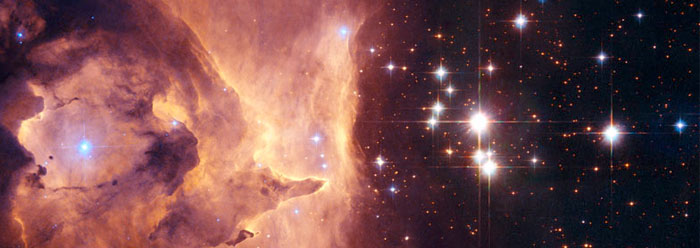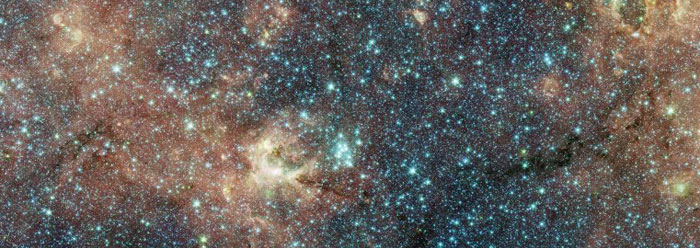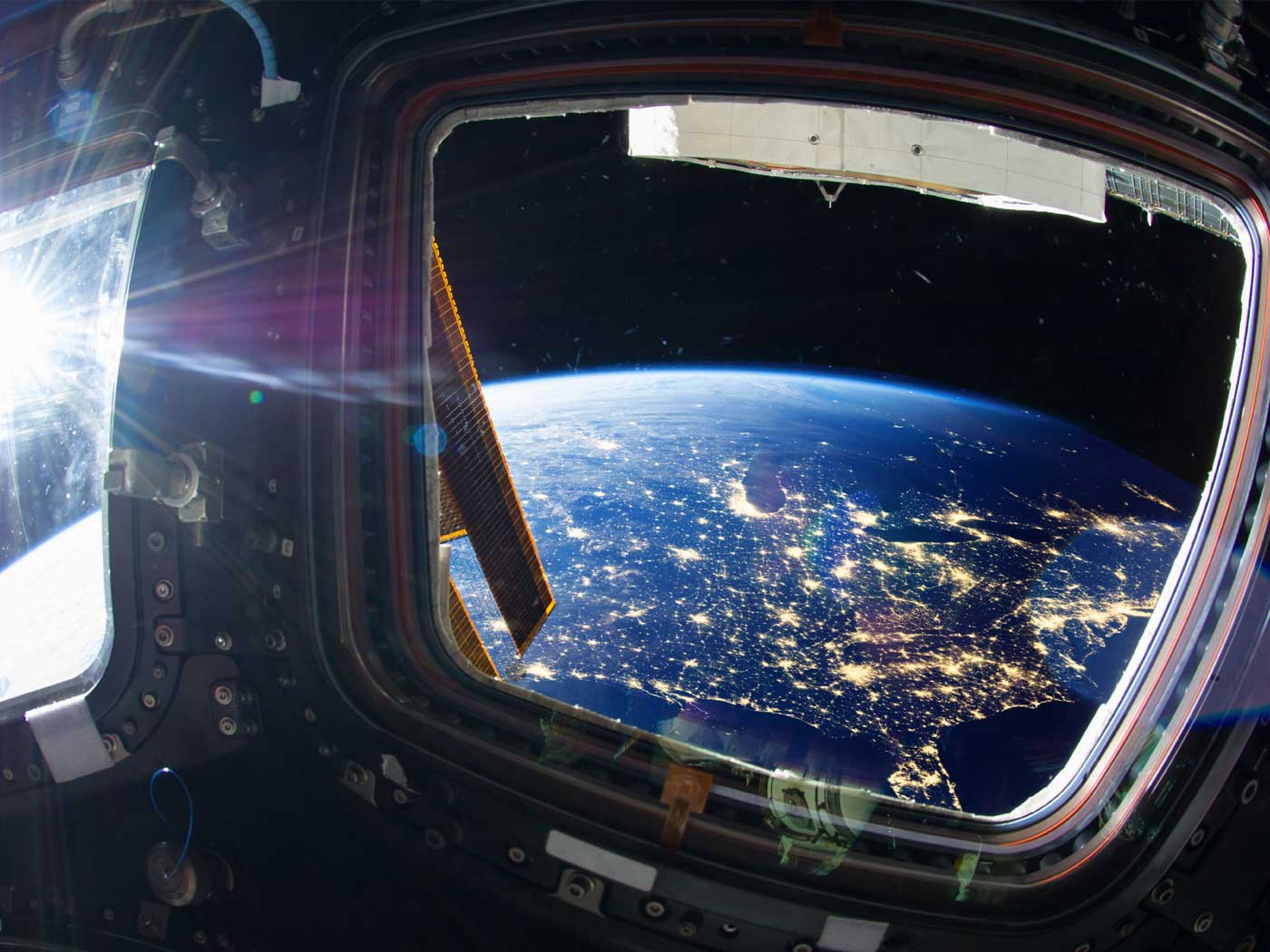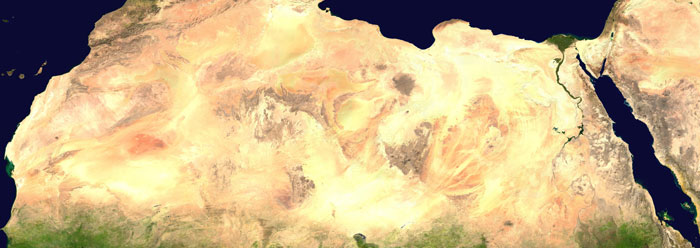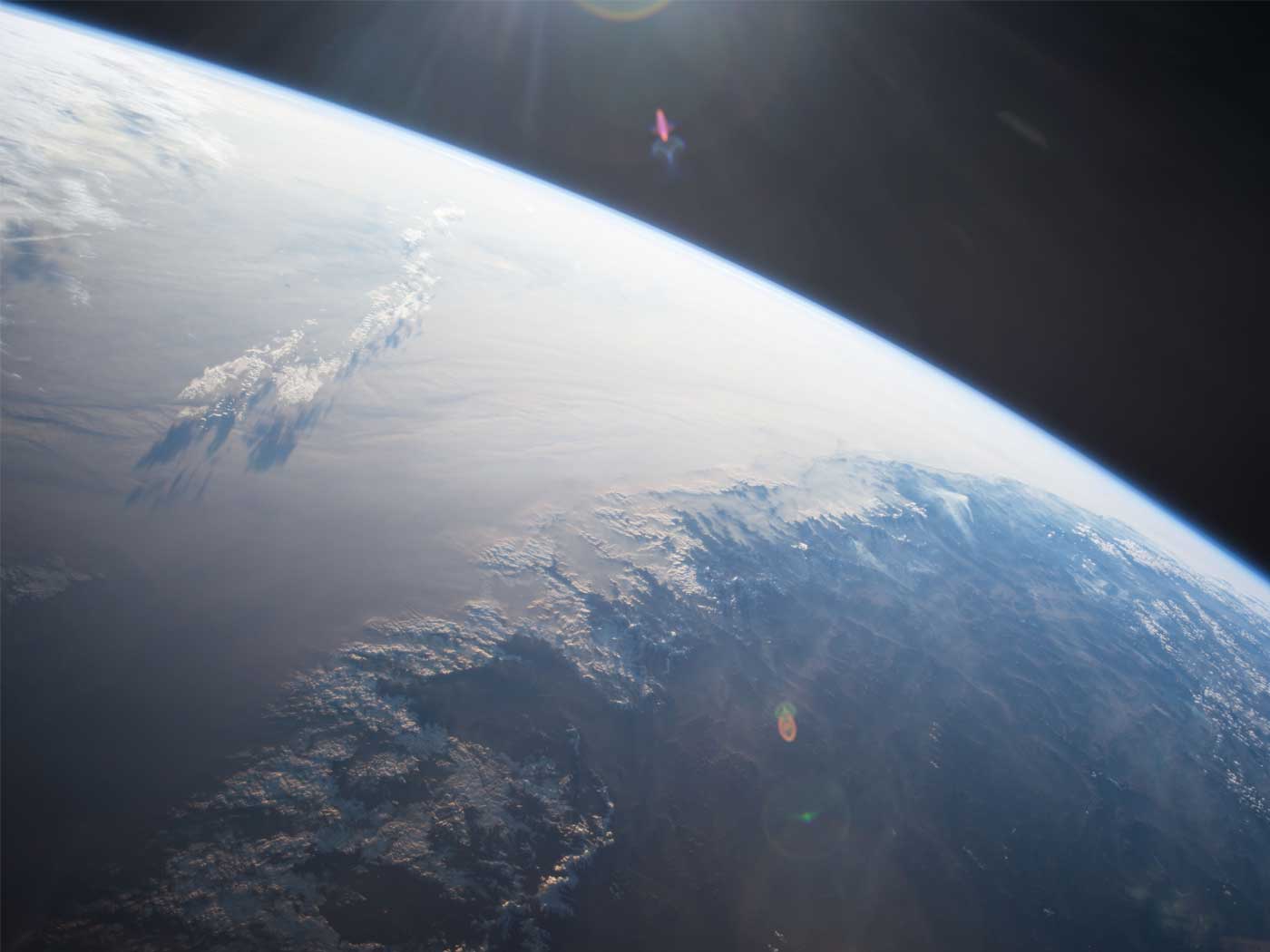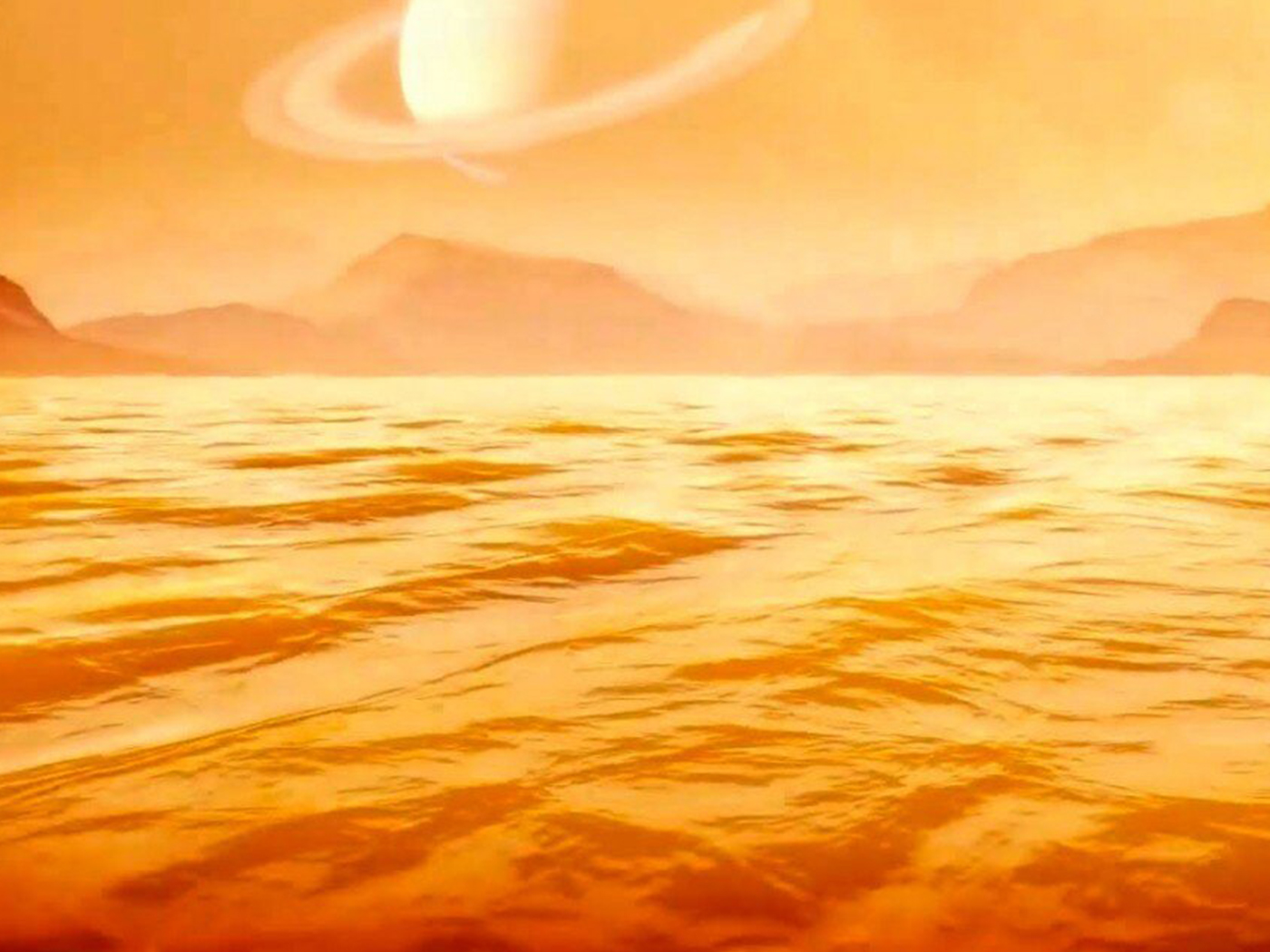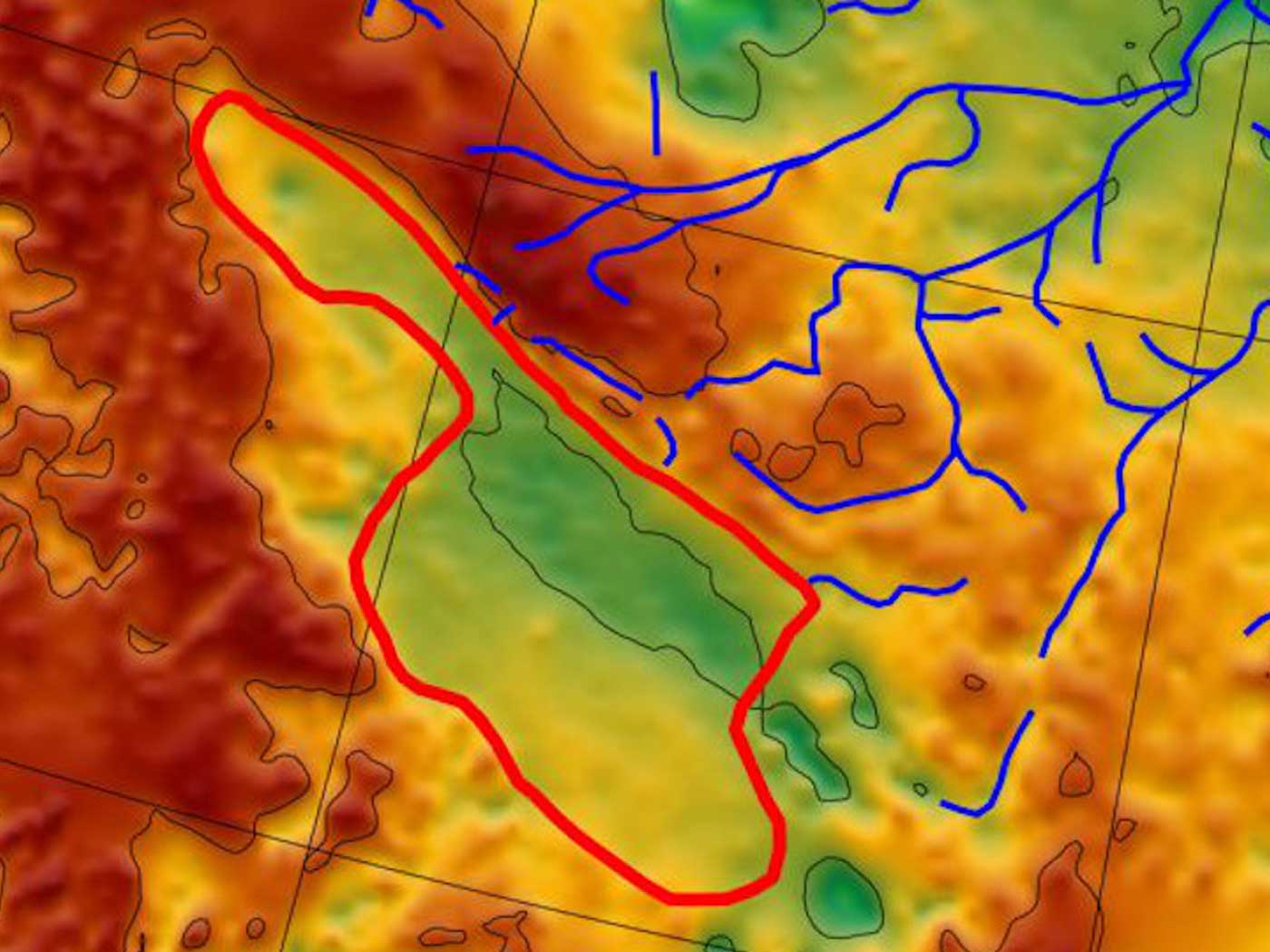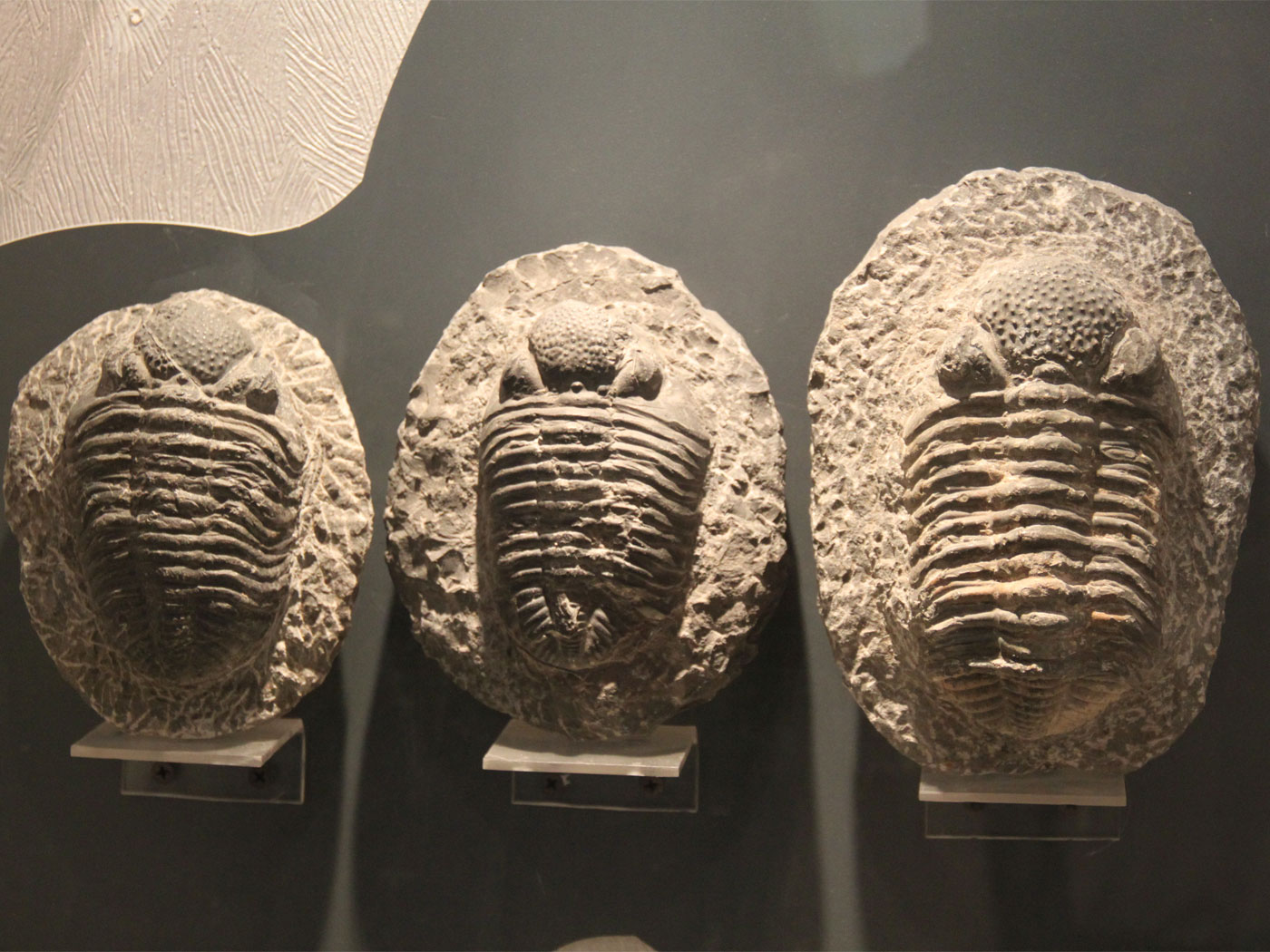An overview of the Milankovitch (or astronomical) ice age theory appears in the May 2020 issue of Physics Today.1 This theory (hypothesis, really) holds that Earth’s rotational and orbital motions influence Earth’s climate over long ages, pacing the timing of ice ages. Creation scientists, on the other hand, think that a single Ice Age followed the Genesis Flood.2
The article mentions the famous 1976 “Pacemaker of the Ice Ages” paper that convinced many scientists of the validity of the theory.3 This paper showed a good match between climate cycles inferred from two Indian Ocean deep-sea cores and cycles calculated from Earth’s astronomical motions. However, before they could obtain their results, the Pacemaker authors used the age of the most recent “flip” or reversal of the Earth’s magnetic field, known as the Brunhes-Matuyama (M-B) magnetic reversal, to assign ages to seafloor sediments in a third core from the western Pacific.3,4 In effect, they used this magnetic reversal and uniformitarian assumptions to confirm the times in the supposed prehistoric past when ice ages occurred. Some of these ages were then transferred to the two Indian Ocean cores and used in the Pacemaker analysis.
Creation scientists think these magnetic reversals were triggered by the Genesis Flood just thousands of years ago,5 but uniformitarian scientists have assigned an age of 780,000 years to the M-B reversal.6 However, at the time the Pacemaker paper was published, they thought the age of the reversal was 700,000 years.3,4 This means the Pacemaker results depended on an age assignment that is no longer accepted by secular scientists, and this age revision is large enough to call into question the original results.7,8 Without the Pacemaker paper, there is no “smoking gun” evidence for the Milankovitch theory.9
Many secular scientists seem blissfully unaware of this glaring problem. However, if you were to press those who are aware of it, they might appeal to a 1997 paper by Dr. Maureen Raymo.10 This 1997 paper uses other sediment cores and the currently-accepted age of 780,000 years for the M-B magnetic reversal to confirm that the timings of ice ages still agree with Milankovitch expectations.
Creation scientists have long argued that secular dating methods rely heavily on circular reasoning, and this is a classic confirmation of that. Notice that the possibility that the Milankovitch theory might simply be wrong never seemed to be under serious consideration. And if one sediment core doesn’t give secular scientists the “right” answer, they just find other cores that do!
Dr. Raymo’s paper appears to be a response to criticisms of the Milankovitch theory made by physicist Richard Muller at a private meeting in 1996.11 Muller had made forceful criticisms of the way scientists used the astronomical theory to date seafloor sediments, arguing that it involved circular reasoning. Well-known geochemist (and popularizer of the phrase “global warming”12) W. S. Broecker said Muller “scared the [expletive]” out of the other scientists, and “they deserved it”!11
What was said at this meeting that so alarmed these scientists, and why did they “deserve” it? The Science News article does not explicitly mention the age of the M-B magnetic reversal, but one can’t help wonder if it came up in the conversation. Did someone point out that evidence for the Milankovitch theory depended on an age assignment they no longer accepted as valid? If not, someone certainly should have. That very much had the potential to frighten them, because it meant that their belief in the theory was without logical support and that twenty years of Milankovitch-based research was in doubt!
Raymo’s paper, however, seems to “rescue” the Pacemaker results. If one uses her age estimates for the timings of past ice ages, then the Pacemaker results once again agree with Milankovitch expectations.
However, I don’t find this “rescue” convincing.13 Raymo excluded from her analysis the western Pacific core that had originally been used to date the ice ages, despite that fact that this sediment core was so important it had once been deemed an “Ice Age Rosetta Stone.”14 Of course, that was when the core seemed to confirm the Milankovitch theory. Now that this core no longer gives the “right” answer, uniformitarian scientists are not so fond of it! Her justification for excluding it from her analysis is not convincing, in my opinion. Also, the selection criteria for the data she did use may have biased her results toward getting the “right answer.” Finally, even if one accepts her results, there was at least a four or five year gap where hard evidence for the Milankovitch theory was entirely lacking. Why, during this time, was this problem never candidly acknowledged to either the larger scientific community or the general public?15
This issue is especially relevant today, as the Milankovitch theory is now a big part of the evolutionary story— it supposedly even played a role in human evolution!1 And it is also one of the main arguments for catastrophic global warming.16
However, even when one makes the usual “old-Earth” assumptions, evidence for the Milankovitch theory is lacking—if not completely absent. The creation model, grounded in the Bible, provides a much more convincing explanation for the Ice Age and a much better context for understanding the “climate change” issue. For those wanting to learn more about either of these topics, ICR has a number of resources available.17-20
References
1. Maslin, M. A. 2020. Tying celestial mechanics to Earth’s ice ages. Physics Today. 73 (5): 48.
2. Hebert, J. 2018. The Bible Best Explains the Ice Age. Acts & Facts. 47 (11).
3. Hayes, J. D., J. Imbrie, and N. J. Shackleton. 1976. Variations in the earth’s orbit: Pacemaker of the ice ages. Science. 194 (4270): 1121-1132.
4. Shackleton, N. J. and N. D. Opdyke. 1973. Oxygen Isotope and Palaeomagnetic Stratigraphy of Equatorial Pacific Core V28-238: Oxygen Isotope Temperatures and Ice Volumes on a 105 and 106 Year Scale. Quaternary Research. 3 (1): 39-55.
5. Humphreys, D. R. 1990. Physical Mechanism for Reversals of the Earth’s Magnetic Field During the Flood. In Proceedings of the Second International Conference on Creationism, Volume 2. R. E. Walsh and C. L. Brooks, eds. Pittsburgh, PA: Creation Science Fellowship, 129-142.
6. A. K., V. Hsu, M. O. McWilliams, and E. Farrar. 1992. 40Ar/39Ar Dating of the Brunhes-Matuyama Geomagnetic Field Reversal. Science. 256 (5055): 356–357.
7. Hebert, J. 2016. Milankovitch Meltdown: Toppling an Iconic Old-Earth Argument, Part 2. Acts & Facts. 45 (12).
8. Hebert, J. 2018. More Problems with Iconic Milankovitch Paper. Creation Science Update. Posted on ICR.org July 13, 2018, accessed May 18, 2020.
9. Hodell, D. A. 2016. The smoking gun of the ice ages. Science. 354 (6317): 1235-1236.
10. Raymo, M. E. 1997. The timing of major climate terminations. Paleoceanography. 12 (4): 577-585.
11. Monastersky, R. 1997. The Big Chill: Does Dust Drive Earth’s Ice Ages? Science News. 152 (14): 220-221.
12. de Menocal, P. Comment/Obituary: Wallace Smith Broecker (1931-2019). Nature 568 (7750): 34.
13. Hebert, J. 2019. Have uniformitarians rescued the ‘Pacemaker of the Ice Ages’ paper? Journal of Creation. 33 (1): 102-109.
14. Woodward, J. 2014. The Ice Age: A Very Short Introduction. Oxford, England: Oxford University Press, 97.
15. Despite many internet searches, I have yet to find a single candid acknowledgment of this problem anywhere in the secular scientific literature.
16. Hebert, J. 2019. Climate Alarmism and the Age of the Earth. Acts & Facts. 48 (4).
17. Hebert, J. 2014. The Ice Age and the Flood: Does Science Really Show Millions of Years? Dallas, TX: Institute for Creation Research.
18. The Ice Age: Real and Recent. Dallas, TX: Institute for Creation Research. DVD.
19. Hebert, J. 2019. The Climate Change Conflict: Keeping Cool Over Global Warming. Dallas, TX: Institute for Creation Research.
20. Oard, M. J. 2005. The Frozen Record: Examining the Ice Core History of the Greenland and Antarctic Ice Sheets. Dallas, TX: Institute for Creation Research.
*Dr. Jake Hebert is Research Associate at the Institute for Creation Research and earned his Ph.D. in physics from the University of Texas at Dallas.
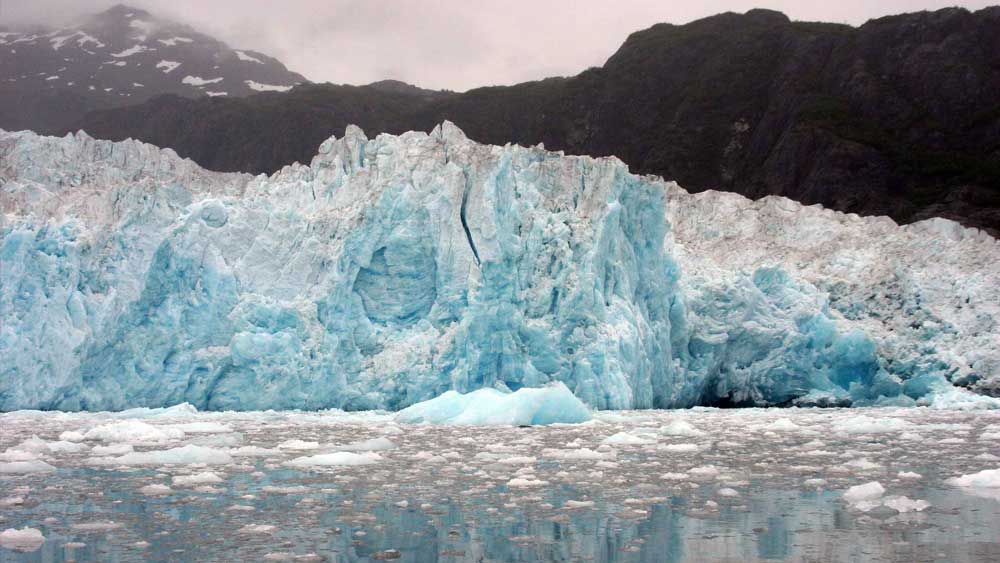
Physics Today Article Ignores Monster Milankovitch Problem
The Latest
CREATION PODCAST
Uncovering the Secrets of Earth's Oceans | The Creation Podcast:...
The oceans cover most of our planet's surface. Uniformitarians claim the oceans are nearly 4 billion years old, but the evidence says otherwise.
Host...
A Giant Ichthyosaur: Largest Ever Marine Reptile?
Paleontologists have discovered portions of a giant ichthyosaur’s lower jawbone on Blue Anchor Beach at the southern entrance to the United Kingdom’s...
New Titanosaur Species Discovered in Uruguay and Argentina
The pre-Flood world had some truly massive dinosaurs, and the largest of them were in the group Sauropodomorpha.1 Within this group were...
May 2024 ICR Wallpaper
"Have I not commanded you? Be strong and of good courage; do not be afraid, nor be dismayed, for the LORD your God is with you wherever you...
Was a Key to Photosynthesis Evolution Discovered?
Northern Canadian lakes were the source of recently discovered unique photosynthetic bacteria of the phylum Chloroflexota. After years of culturing,...
CREATION PODCAST
Four Moons That Indicate a Young Universe | The Creation Podcast:...
Earth has one moon, but Jupiter has many! What can we learn from our celestial neighbor's satellites? Do they indicate youth?
Host...
Creation Kids: Seeds and Sprouts
by Renée Dusseau and Susan Windsor*
You're never too young to be a creation scientist and explore our Creator's world. Kids, discover...
APOLOGETICS
Christ’s Creativity in Canyon Critters
Grand Canyon animals display many marvelous traits and behaviors as they live life in that harsh habitat. These canyon creatures succeed thanks to the...
Standing Against False Science
I’m Michael Stamp, and I’m in my 12th year as an editor at the Institute for Creation Research. It’s always an encouragement to see...




